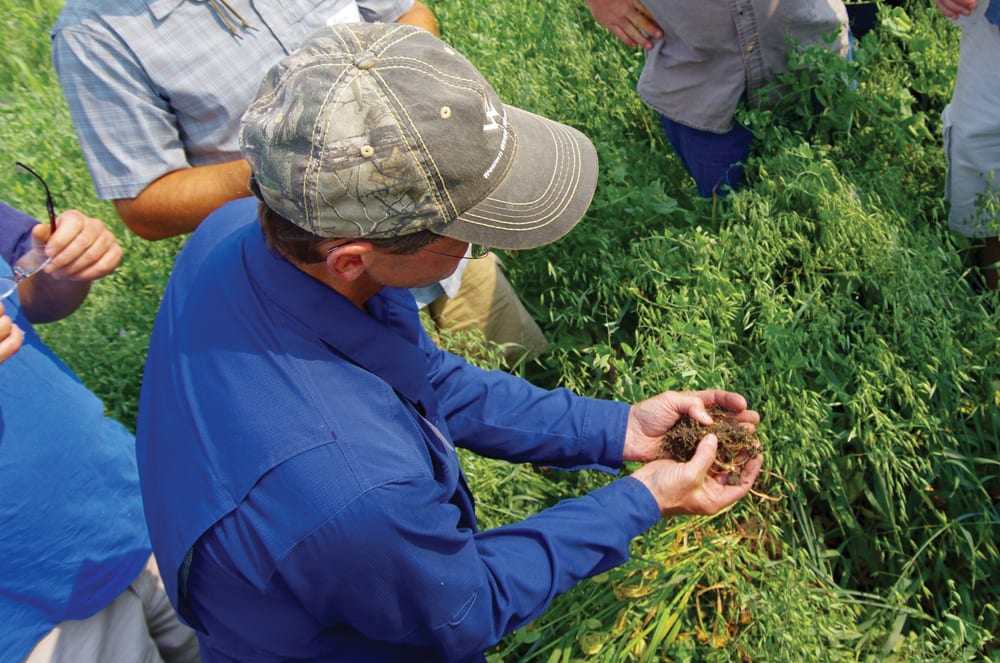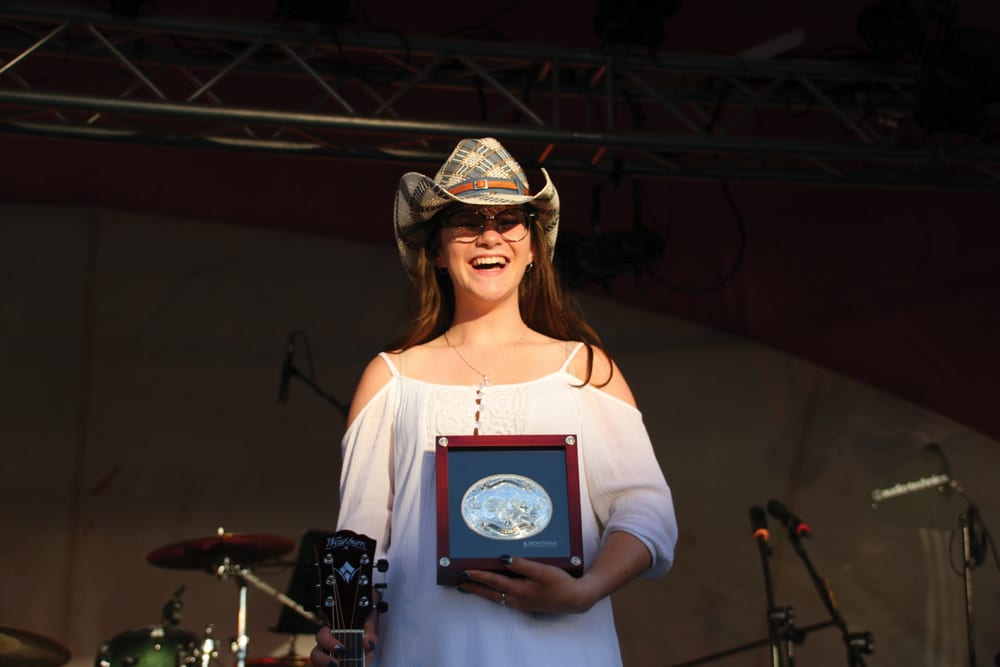A four-part documentary made for Prairie Public Television that spans the beginning of farming in Manitoba to present day and looks to what the future holds premiered in Winnipeg last week.
“Built on Agriculture” is the culmination of more than three years’ work to produce a compelling and engaging television series telling a story of the beginning and rise of farming in the province.
The documentary was the brainchild of an agricultural subcommitee working with the Bicentenary of the Red River Selkirk Settlement Committee that hosted 2012 celebrations to mark the October 7, 1812 arrival of the Selkirk settlers.
Read Also

First Manitoba hay harvest short
Manitoba’s first hay cut of 2025 isn’t huge by initial counts, but things are worse farther west in the Prairies
“It’s a dream we’d had for the last three or four years,” said Rob Tisdale, president of the St. Andrews Society of Winnipeg and a member of the ag subcommittee which formed in 2011.
The first Built on Agriculture episode, “The Selkirk Settlers” aired on Prairie Public Television on May 4. It, plus trailers for three more episodes were viewed at the Metropolitan Theatre in Winnipeg April 28 by an audience that included many numerous predecessors of Selkirk settlers, plus many others included in the documentary.
The four-part series will run in the fall at a yet-to-be-determined date and time.
The documentary creates something broadly focused that captures the interest of the general public, Tisdale said, adding it was challenging to piece together, sorting out whom to approach and what questions to ask.
“We wanted an educational piece that’s accurate, timely, emotional and gets the public engaged.”
“We always felt it was going to be a compelling story,” added subcommittee chair Mike McAndless in an interview following the premiere.
“The feedback I have had from people tonight is they’re really pleased with it,” Bob Dambach, Prairie Public Television director and executive producer of the documentary said, and one of the key messages that came from many interviewees is that ‘city people don’t understand agriculture.’
“So we’re hoping that as they watch this documentary they’ll maybe learn a little more about what’s happening around all of them,” he said.
Prairie Public also hopes to work with Ag in the Classroom to make teacher guides and other resources available so that the documentaries eventually become a resource for classrooms.
Over 60 persons are interviewed in the documentary including many farmers, industry leaders and academics. A film crew also travelled to Scotland to include an interview with present-day Lord Selkirk Baron of Douglas in the film.
The first Selkirk settlers segment takes the viewer back to their 1812 arrival and survival under the wing of Chief Peguis, going on to explore the expansion of a farming system as many more cultural groups arrived over the next century.
Winnipeg filmmaker and photographer George Siamandas, who co-directed the project, said he learned a great deal about both the province’s history and the business of agriculture as he worked on the project.
“It was kind of a process of discovery for me and a learning experience,” he said. “I was somewhat ignorant of the breadth of agriculture that has existed here for so long.”
The filmmakers originally hoped to release the documentary last year, but the date was pushed ahead as the scope of the project widened.
The documentary cost around $470,000 and they’re just $25,000 short of reaching that goal, said Tisdale, who along with McAndless devoted many weeks and months approaching potential funders.
Fundraising was a challenge, he said. “We were told time and time again ‘agriculture needs this.’ But nobody had a budget for it.”
Contributions for the production include $75,000 from Growing Forward 2, plus an in-kind contribution of about $152,000 from Prairie Public Television. Other funders of the production include MacDon Industries, Monsanto Canada, Parrish and Heimbecker Ltd., Richardson Foundation, the Winnipeg Foundation, members of Prairie Public, plus funds contributed by the Bicentenary Committee.
The next three episodes including The Institutions, The Farmers, and Today and Tomorrow, will air in fall of 2015. Dates will be released once the National PBS schedule is set.




















